Preservatives play a crucial role in extending the shelf life of food products by preventing spoilage caused by microorganisms such as bacteria, molds, and yeasts. They help maintain food safety, quality, and freshness, ensuring that products stay consumable for longer periods. Understanding how to use preservatives effectively is essential for both home cooks and food manufacturers to balance preservation with safety and nutritional value. This guide will explore how to use preservatives in food.
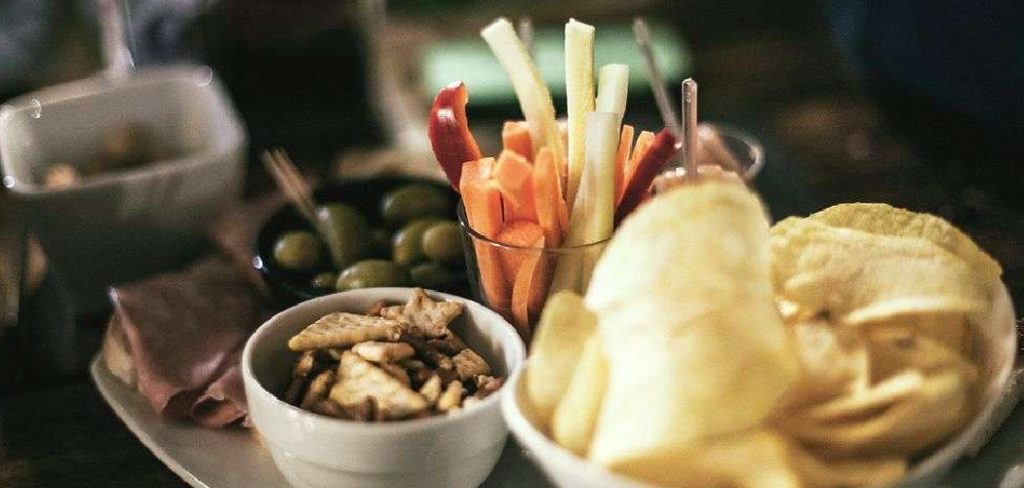
Understanding Food Preservatives
Food preservatives can be broadly categorized into natural and artificial types. Natural preservatives, such as salt, sugar, vinegar, and lemon juice, have been used for centuries to inhibit microbial growth and extend the lifespan of food. These substances work by creating an environment that is unfriendly to bacteria and other spoilage agents. On the other hand, artificial preservatives include chemical compounds like sorbates, benzoates, and nitrates, which are widely used in processed foods to prevent decay and maintain quality.
Types of Food Preservatives
Food preservatives can be classified into several types based on their functions and mechanisms. The main categories include antimicrobial preservatives, antioxidant preservatives, and enzyme-inhibiting preservatives.
- Antimicrobial Preservatives: These are used to prevent the growth of microorganisms such as bacteria, molds, and yeasts. Common antimicrobial preservatives include sodium benzoate, potassium sorbate, and calcium propionate. They are particularly effective in acidic foods like soft drinks, salad dressings, and baked goods.
- Antioxidant Preservatives: These prevent oxidation, which can lead to rancidity in fats and oils or browning in fruits and vegetables. Examples of antioxidant preservatives include ascorbic acid (vitamin C), tocopherols (vitamin E), and synthetic compounds like butylated hydroxytoluene (BHT) and butylated hydroxyanisole (BHA). These are often used in snacks, oils, and processed meats.
- Enzyme-Inhibiting Preservatives: Some preservatives work by inhibiting the activity of enzymes that cause spoilage or degradation in food. Sulfites, for example, are commonly used to maintain the color and texture of dried fruits, wines, and some vegetable products by disrupting enzymatic browning.
10 Methods How to Use Preservatives in Food
1. Salting for Moisture Control and Microbial Inhibition
Salt has been used for centuries as a natural preservative due to its ability to draw out moisture, creating an environment unsuitable for bacterial and fungal growth. This method is commonly applied in preserving meats, fish, and pickled vegetables. By either dry salting or brining (using a saltwater solution), the salt effectively dehydrates microbes, preventing them from proliferating. When using salt as a preservative, it is essential to maintain the right concentration levels to avoid excessive salinity while still ensuring food safety.
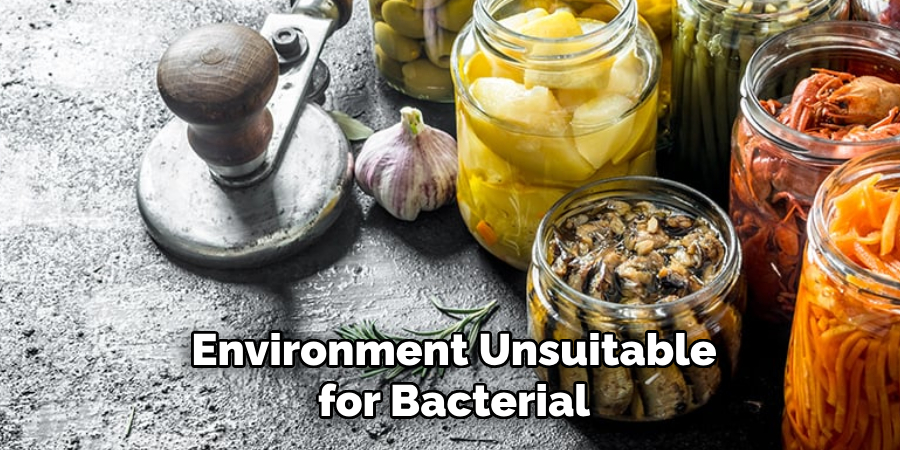
2. Freezing to Halt Microbial Growth
Freezing is one of the most effective ways to preserve food by slowing down enzymatic activity and microbial growth. The use of freezing agents, such as sodium benzoate or calcium propionate, can enhance preservation by preventing ice crystal formation, which can degrade food texture over time. For best results, food should be stored at consistent freezing temperatures, and airtight packaging should be used to prevent freezer burn and contamination.
3. Canning with Heat and Acidity Regulation
Canning involves using heat and vacuum-sealing to eliminate and prevent bacterial growth in food. This method often incorporates chemical preservatives such as citric acid, which lowers pH levels and inhibits the growth of harmful bacteria. Pressure canning is used for low-acid foods like meats and beans, while water bath canning is suitable for high-acid foods such as tomatoes and fruits. Proper sterilization of jars and lids is crucial to ensuring the effectiveness of this preservation method.
4. Smoking for Flavor and Antimicrobial Protection
Smoking not only enhances the flavor of meats and fish but also acts as a preservative due to the antimicrobial properties of smoke compounds. Phenols and formaldehydes present in smoke help to inhibit bacterial growth and oxidation. The addition of nitrites or nitrates further enhances the shelf life of smoked products by preventing botulism. Cold and hot smoking methods provide different results, with hot smoking fully cooking the food while cold smoking requires additional curing.
5. Fermentation for Natural Preservation
Fermentation relies on beneficial bacteria and yeasts to create an acidic environment that inhibits spoilage organisms. The process often involves natural preservatives such as lactic acid and acetic acid, which develop during fermentation. Foods like yogurt, kimchi, sauerkraut, and kombucha benefit from this method, as fermentation not only preserves but also enhances flavor and nutritional value. Controlling temperature, salt concentration, and anaerobic conditions is key to successful fermentation.
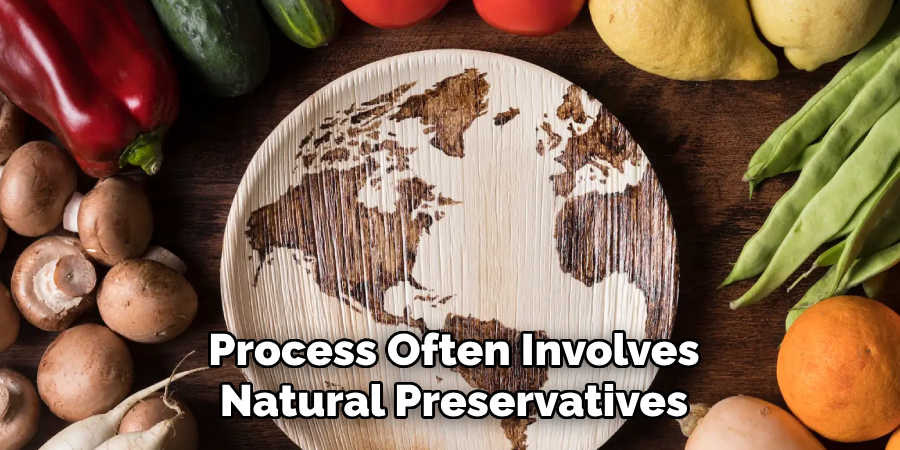
6. Pickling with Vinegar and Acidic Solutions
Pickling preserves food by immersing it in acidic solutions, such as vinegar or lemon juice, which create an inhospitable environment for bacteria. Vinegar-based pickling, often combined with salt and sugar, is effective in preserving cucumbers, onions, and peppers. Natural fermentation pickling, as seen in traditional kimchi or sauerkraut, relies on lactic acid to maintain preservation. To achieve the best results, sterilized containers and proper acid concentrations should be maintained.
7. Dehydration to Remove Moisture
Drying or dehydrating food removes moisture, preventing microbial growth and enzymatic activity that leads to spoilage. Natural preservatives like ascorbic acid (vitamin C) and sulfur dioxide are often used to prevent discoloration and enhance longevity. Common dehydrated foods include fruits, vegetables, meats (jerky), and herbs. Sun drying, air drying, and food dehydrators are common techniques, each requiring proper storage to prevent rehydration and contamination.
8. Sugaring for Antimicrobial Action
Like salt, sugar acts as a preservative by drawing out moisture and creating a hostile environment for microbial growth. High concentrations of sugar are used in making jams, jellies, and syrups, ensuring that bacteria and molds cannot thrive. The addition of preservatives like pectin helps maintain consistency and prolong shelf life. To maximize preservation, airtight containers and proper sterilization techniques should be used.
9. Vacuum Sealing to Prevent Oxidation
Vacuum sealing removes oxygen from packaging, slowing down oxidation and inhibiting the growth of aerobic bacteria. This method is particularly useful for preserving dried foods, meats, and coffee. Vacuum-sealed food can also be combined with other preservation techniques, such as freezing or dehydration, to extend shelf life. Ensuring that packaging materials are food-grade and airtight is essential for the effectiveness of this preservation method.
10. Using Chemical Preservatives for Extended Shelf Life
Certain food-grade chemical preservatives help maintain freshness by preventing spoilage and bacterial growth. Common preservatives include sodium benzoate (used in acidic foods), potassium sorbate (found in dairy products and baked goods), and calcium propionate (used in bread to prevent mold). These preservatives must be used within regulatory limits to ensure food safety while maximizing their effectiveness. Proper labeling and adherence to guidelines ensure that these chemicals are used responsibly in food preservation.
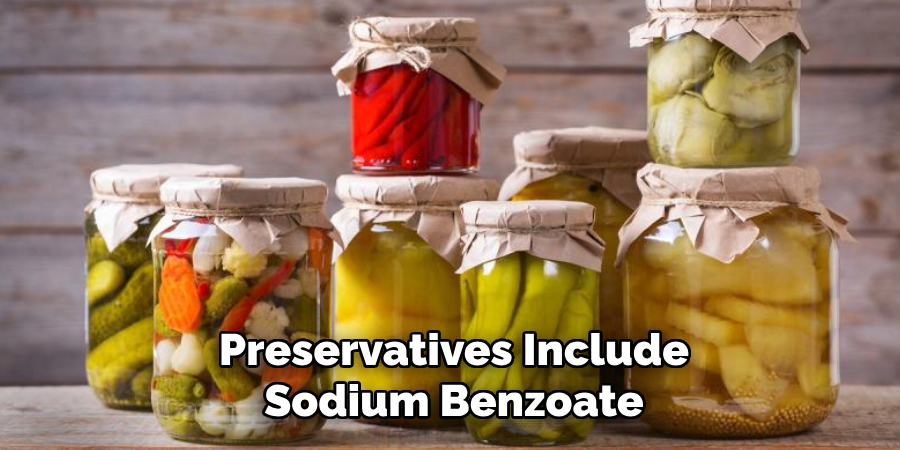
Maintenance and Upkeep in Food Preservation Techniques
Proper maintenance and upkeep are essential for ensuring the longevity and effectiveness of food preservation techniques. Each method requires adherence to specific guidelines to maintain food quality and safety. For instance, when using freezing as a preservation method, it is critical to periodically check freezer temperatures and avoid temperature fluctuations that could compromise food integrity.
Equipment used in canning, such as jars, lids, and pressure cookers, must be inspected and sterilized regularly to prevent contamination.
Additionally, tools like dehydrators or vacuum sealers should be cleaned and maintained according to manufacturer recommendations to prevent equipment failure and contamination. Storage areas, including pantries and refrigerators, should also be kept clean and free from pests, with regular checks to monitor for spoilage or signs of compromised food packaging.
Common Mistakes to Avoid
When practicing food preservation, there are several common mistakes that can undermine the safety and effectiveness of the methods. Avoiding these errors is essential to ensure that preserved food remains safe to consume and retains its quality over time.
Improper Sterilization
Failing to properly sterilize jars, lids, and equipment before use can introduce bacteria or other contaminants, leading to spoilage or foodborne illnesses. Always ensure that equipment is cleaned thoroughly and sterilized according to the recommended guidelines for each preservation method.
Using Incorrect Ratios or Measurements
Preservation methods like pickling, fermentation, or canning often rely on precise ratios of salt, sugar, or acid to create an environment that prevents microbial growth. Deviating from these ratios can result in ineffective preservation or even dangerous outcomes, such as the growth of harmful bacteria.
Ignoring Temperature Control
Temperature plays a crucial role in food preservation, whether you’re freezing, fermenting, or dehydrating. Freezers should always be kept at or below 0°F (-18°C), while fermentation requires a stable environment within the ideal temperature range. Fluctuations or improper temperatures can compromise the preservation process.
Skipping the Visual and Smell Test
Even with proper techniques, it’s important to inspect preserved food for spoilage before consumption. Signs of spoilage include off smells, discoloration, mold growth, or leaking containers. Never taste food that shows any of these signs, as it may pose a health risk.
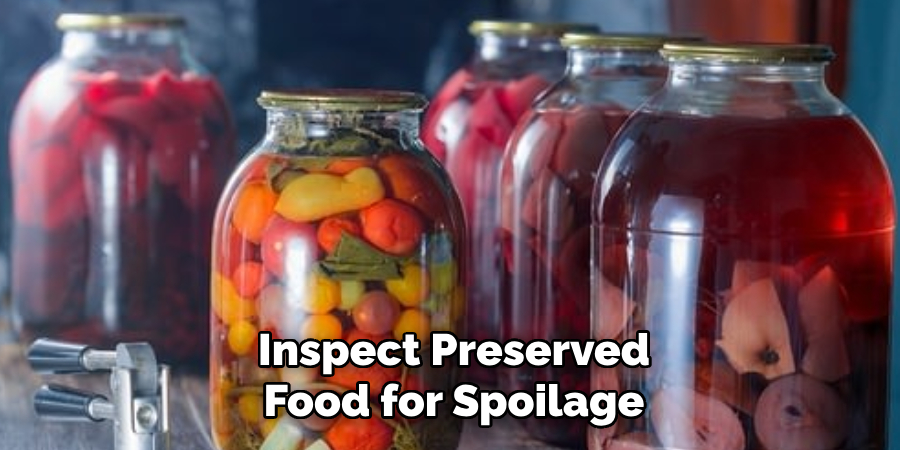
Reusing Damaged Packaging
Reusing old jars, lids, or plastic packaging that is cracked, dented, or otherwise damaged can jeopardize the airtight seal and lead to contamination. Invest in high-quality, intact packaging materials to ensure long-term storage and safety.
Conclusion
Mastering food preservation techniques is a valuable skill that not only reduces food waste but also allows us to enjoy seasonal flavors year-round. By understanding and implementing various methods—such as freezing, canning, drying, and vacuum sealing—we can ensure the safety, longevity, and quality of our food supplies. Thanks for reading, and we hope this has given you some inspiration on how to use preservatives in food!
Professional Focus
Angela Ervin, a former interior designer turned blogger, specializes in kitchen design and renovations. Through her website, she blends her passion for cooking with design expertise, sharing practical and creative ideas. Known for balancing functionality and beauty, Angela’s insightful content has made her a trusted voice in home design and lifestyle.
About the Author
Angela Ervin, an experienced interior designer and blogger, combines her passion for kitchen renovations with storytelling. Living in Petersburg with her family, she enjoys cooking and testing her projects firsthand. Known for her humor and relatable style, Angela shares creative, functional design insights through her content, making her a trusted voice in home design.
Education History
University: Virginia Commonwealth University
Degree: Bachelor of Fine Arts (BFA) in Interior Design
- Angela’s education at VCU focused on mastering core interior design principles, including spatial planning, color theory, materials selection, and sustainable design practices.
- She gained hands-on experience through studio projects and collaborative design exercises, which honed her ability to create functional and aesthetically pleasing environments.
- Her coursework also emphasized problem-solving and practical applications of design, preparing her for real-world projects like her self-directed kitchen renovations.
- The program’s strong foundation in both technical skills and creative expression shaped Angela’s ability to seamlessly integrate form and function in her work.


